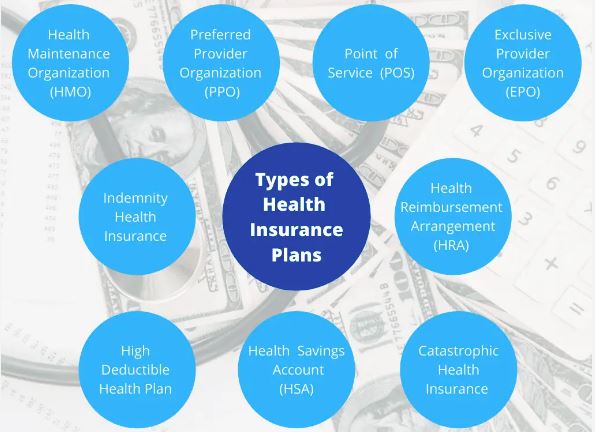How to Use Tax-Advantaged Accounts for Investments

How to Use Tax-Advantaged Accounts for Investments
Tax-advantaged accounts are financial accounts that offer specific tax benefits to help individuals save and invest more efficiently. Utilizing these accounts can enhance your investment strategy by maximizing tax savings and improving long-term growth. Here’s a guide on how to effectively use tax-advantaged accounts for investments:
How to Use Tax-Advantaged Accounts for Investments
**1. Understand Different Types of Tax-Advantaged Accounts
- Individual Retirement Accounts (IRAs):
- Traditional IRA: Contributions are typically tax-deductible, and investments grow tax-deferred. Withdrawals during retirement are taxed as ordinary income.
- Roth IRA: Contributions are made with after-tax dollars, but withdrawals are tax-free if certain conditions are met. Investments grow tax-free.
- 401(k) and 403(b) Plans:
- 401(k): An employer-sponsored retirement plan that allows for tax-deferred contributions. Employers may offer matching contributions.
- 403(b): Similar to a 401(k), but offered to employees of public schools and certain nonprofit organizations.
- Health Savings Accounts (HSAs):
- HSA: Allows for tax-deductible contributions, tax-free growth, and tax-free withdrawals for qualified medical expenses. Contributions reduce taxable income.
- Flexible Spending Accounts (FSAs):
- FSA: Allows for pre-tax contributions to be used for qualified medical expenses. Funds are typically use-it-or-lose-it within the plan year.
**2. Maximize Contributions
- Contribution Limits: Familiarize yourself with the annual contribution limits for each account type and aim to contribute the maximum allowed to benefit from the full tax advantages.
- Employer Contributions: Take advantage of employer matching contributions in 401(k) plans. Contribute enough to get the full match, as it is essentially free money.
**3. Choose the Right Investments
- Investment Selection: Choose investments that align with your financial goals and risk tolerance. For tax-deferred accounts, such as Traditional IRAs and 401(k)s, you might consider investments with higher growth potential since taxes are deferred.
- Tax-Efficient Investments: For tax-free accounts like Roth IRAs, focus on investments with potential for significant growth. For HSAs, consider investments that can appreciate over time since withdrawals for medical expenses are tax-free.
**4. Utilize Tax-Loss Harvesting
- Offset Gains: In taxable investment accounts, use tax-loss harvesting to offset capital gains with capital losses. This strategy can reduce your taxable income and improve overall tax efficiency.
- Rebalance Tax-Efficiently: When rebalancing your portfolio, consider tax implications. For tax-advantaged accounts, transactions are generally not subject to capital gains taxes.
**5. Plan for Withdrawals
- Strategic Withdrawals: Plan your withdrawals to minimize taxes and maximize benefits. For example, withdrawals from Traditional IRAs are taxed as ordinary income, so plan to withdraw in years when your income is lower.
- Roth IRA Withdrawals: Since Roth IRA withdrawals are tax-free, they can be used strategically to manage tax liability in retirement.
**6. Understand Account-Specific Rules
- Required Minimum Distributions (RMDs): Traditional IRAs and 401(k)s require RMDs starting at age 73 (as of 2024). Plan withdrawals accordingly to avoid penalties.
- Early Withdrawal Penalties: Be aware of penalties for early withdrawals from retirement accounts. For IRAs and 401(k)s, early withdrawals (before age 59½) are subject to a 10% penalty plus taxes.
**7. Consider Conversion Strategies
- Roth Conversions: Consider converting a portion of your Traditional IRA to a Roth IRA. While conversions are subject to income tax, future withdrawals from the Roth IRA will be tax-free.
- Tax Bracket Management: Perform conversions in years when you are in a lower tax bracket to minimize the tax impact.
**8. Track and Manage Contributions
- Contribution Limits: Monitor your contributions to ensure you do not exceed annual limits, which can result in penalties.
- Account Management: Regularly review your account balances and investment performance. Adjust contributions and investment choices as needed to stay aligned with your goals.
**9. Plan for Estate and Legacy
- Beneficiary Designations: Ensure that beneficiary designations are up to date for retirement and tax-advantaged accounts. Proper designations can help manage estate taxes and ensure your assets are distributed according to your wishes.
- Roth IRA Inheritance: Roth IRAs can be a favorable option for heirs due to tax-free withdrawals. Consider strategies for passing on these accounts effectively.
**10. Consult a Financial Advisor
- Professional Guidance: Work with a financial advisor to develop a strategy for using tax-advantaged accounts that aligns with your financial goals and tax situation. An advisor can provide personalized advice and help optimize your investment approach.
Final Thoughts
Using tax-advantaged accounts effectively can enhance your investment strategy by maximizing tax benefits and improving long-term financial growth. By understanding the types of accounts available, maximizing contributions, choosing the right investments, and planning for withdrawals, you can make the most of these powerful financial tools. Regularly reviewing your strategy and consulting with a financial advisor can further ensure that you achieve your financial goals while minimizing tax liabilities.

